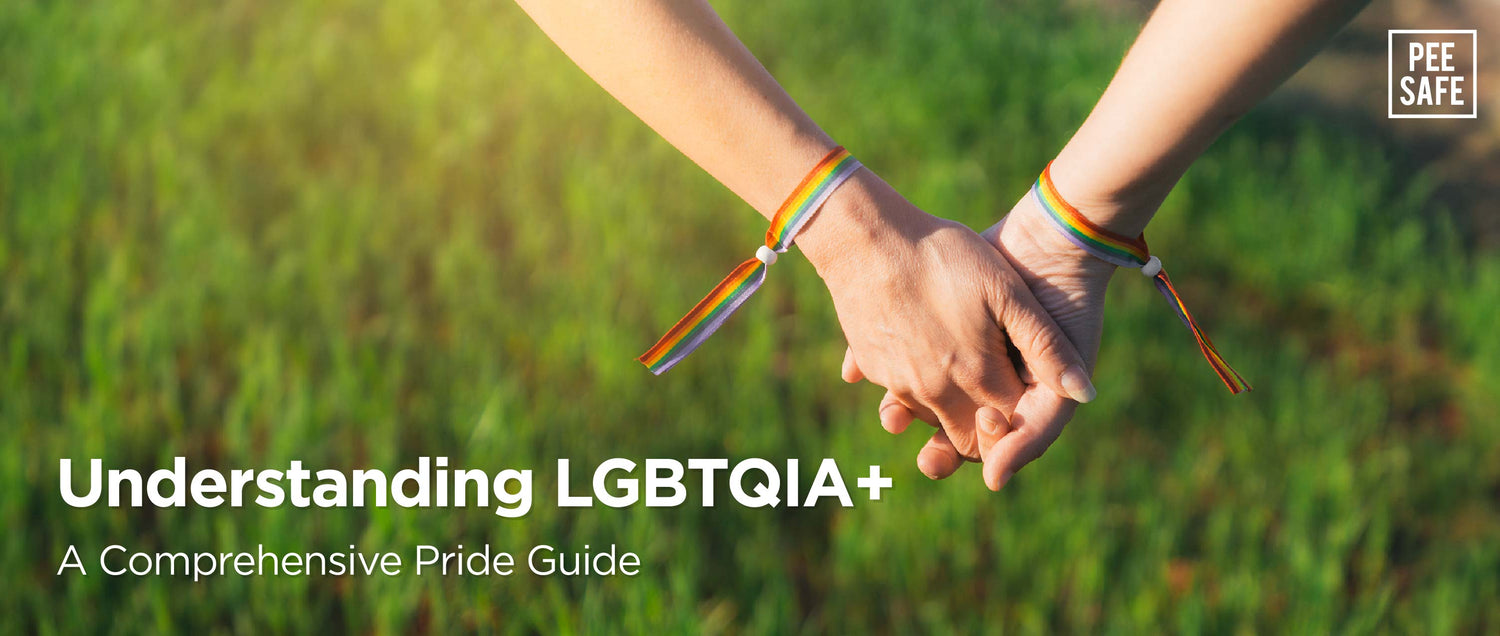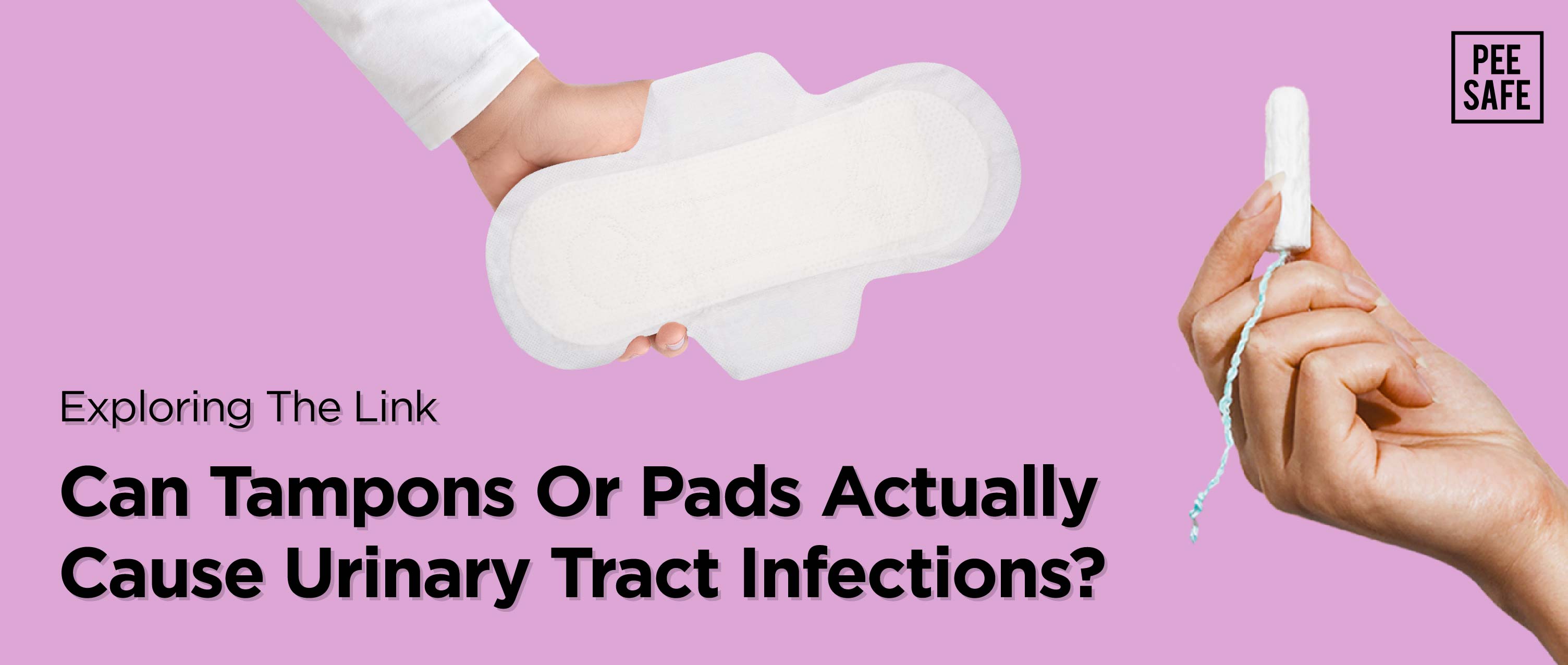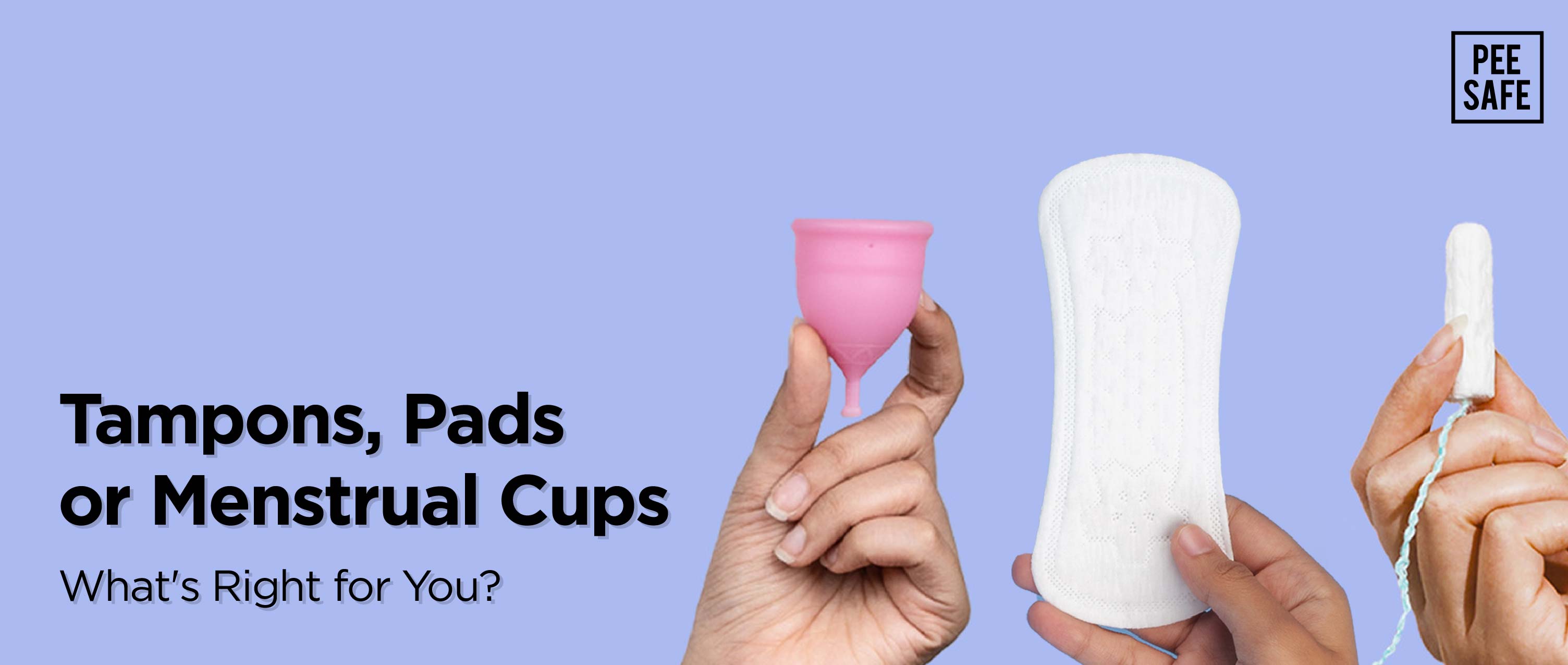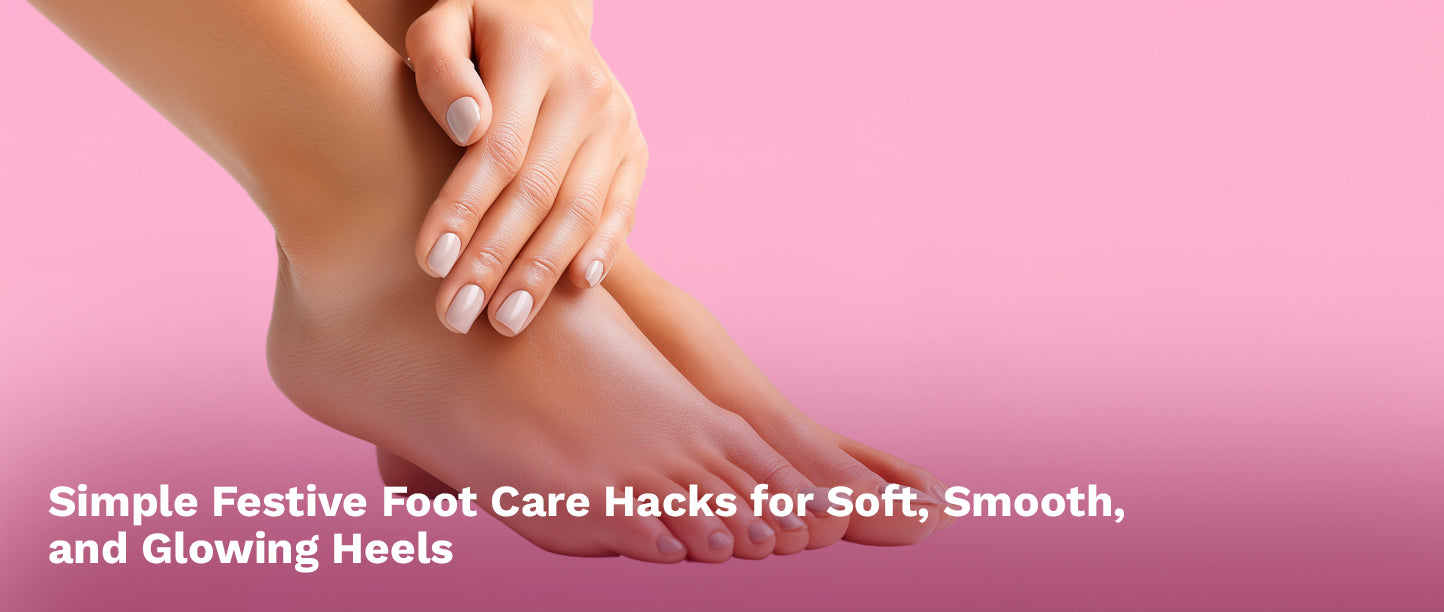The LGBTQ community has gained significant visibility and recognition in recent years. However, for many people, understanding the diverse terminology, definitions, and pronouns associated with this community can be challenging. In this comprehensive guide, we will delve into the world of LGBTQ, exploring the meaning of the acronym and shedding light on the various terms and definitions associated with it.
Understanding the LGBTQIA+ Acronym
The acronym LGBTQIA+ stands for Lesbian, Gay, Bisexual, Transgender, Queer, Intersex, Asexual, and the "+" represents other sexual orientations and gender identities. It is important to note that this acronym is not exhaustive, as there are other identities and orientations that may fall under the LGBTQIA+ umbrella. The purpose of this acronym is to provide a broad framework for understanding and acknowledging the diversity within the community.
LGBTQIA+ Terminology and Definitions
To fully comprehend the LGBTQIA+ community, it is crucial to familiarize ourselves with the terminology and definitions that are commonly used. Let's explore some key terms:
- AFAB: AFAB stands for "Assigned Female at Birth." This term is used to describe individuals who were assigned the female gender at birth, regardless of their gender identity.
- Agender: Agender refers to individuals who do not identify with any gender. They may feel a lack of connection to the traditional male or female identities.
- Sexuality Terms: There is a wide range of sexual orientations within the LGBTQIA+ community. Some of the most commonly known ones include gay (referring to individuals who are attracted to the same gender), bisexual (referring to individuals who are attracted to both the same and different genders), and pansexual (referring to individuals who are attracted to people regardless of their gender identity).
- Transgender: Transgender individuals are those whose gender identity differs from the sex they were assigned at birth. It is essential to respect and use their preferred pronouns to support their identity and well-being.
- Transsexual: The term transsexual is similar to transgender, but it specifically refers to individuals who have transitioned or are transitioning from one gender to another. It is important to note that not all transgender individuals identify as transsexual.
- Queer: The term queer is an umbrella term that encompasses various sexual orientations and gender identities outside of societal norms. It is a term that has been reclaimed by the LGBTQIA+ community and can be used by individuals to express their non-heterosexual or non-cisgender identities.
- Questioning: Questioning refers to individuals who are uncertain about their sexual orientation or gender identity. It is important to provide a supportive and non-judgmental environment for those who are questioning, allowing them to explore and understand their identity at their own pace.
- Bisexual: Bisexual individuals are attracted to both the same and different genders. This term should not be confused with being "half gay" or "half straight," as bisexuality is a valid sexual orientation on its own.
- Intersex: Intersex is a term used for individuals who are born with atypical physical sex characteristics that do not fit typical binary notions of male or female. Intersex individuals may have variations in chromosomes, hormones, or reproductive anatomy.
- Asexual: Asexual individuals are those who do not experience sexual attraction to others.
- Pansexual: Pansexual individuals are attracted to people regardless of their gender identity. They are not limited by the binary notions of male or female and are open to emotional and romantic connections with individuals of various gender identities.
Exploring Different Sexual Orientations within the LGBTQIA+ Community
The LGBTQIA+ community encompasses a wide range of sexual orientations. Understanding and respecting these orientations is essential for fostering inclusivity and acceptance. Some of the common sexual orientations within the LGBTQIA+ community:
- Lesbian: Lesbian individuals are women who are attracted romantically, emotionally, and sexually to other women.
- Gay: Gay individuals are men who are attracted romantically, emotionally, and sexually to other men. It is important to acknowledge that being gay is not a choice or a phase, but rather an inherent aspect of their identity.
- Bisexual: As mentioned earlier, bisexual individuals are attracted to both the same and different genders.
- Pansexual: Pansexual individuals, as discussed earlier, are attracted to people regardless of their gender identity. They are capable of forming romantic and sexual connections with individuals of any gender.
By recognizing and understanding these different sexual orientations, we can create a more inclusive and accepting society for all individuals, regardless of their sexual orientation. - By recognizing and understanding these different sexual orientations, we can create a more inclusive and accepting society for all individuals, regardless of their sexual orientation.
By recognizing and understanding these different sexual orientations, we can create a more inclusive and accepting society for all individuals, regardless of their sexual orientation.
Understanding Gender Identities and Expressions
Gender identity refers to an individual's internal sense of their own gender, which may or may not align with the sex they were assigned at birth. It is important to respect and affirm each person's gender identity. A few common terms and definitions to keep in mind:
- Transgender: Transgender individuals, as mentioned earlier, have a gender identity that differs from the sex assigned to them at birth.
- Cisgender: Cisgender individuals have a gender identity that aligns with the sex they were assigned at birth. It is important to acknowledge that being cisgender is not the default or the norm, but rather one of many valid gender identities.
- Genderqueer: Genderqueer is an umbrella term used to describe individuals who do not conform to traditional gender norms or identify with a single gender. They may encompass a range of gender identities and expressions.
- Non-binary: Non-binary individuals identify outside of the traditional male or female binary. They may identify as a mix of genders, as having no gender, or as having a gender that is fluid or fluctuates over time.
- Gender Expression: Gender expression refers to the way individuals present their gender to the world through their appearance, behaviour, and clothing choices.
Understanding and respecting gender identities and expressions is crucial for creating a more inclusive society. By embracing and celebrating the diversity of gender identities, we can foster a sense of belonging for all individuals.
Common Misconceptions about LGBTQIA+ Individuals
Despite the immense progress in LGBTQIA+ rights and visibility, there are still many misconceptions and stereotypes surrounding this community. Let's address some of the common misconceptions and debunk them:
- LGBTQIA+ individuals choose their sexual orientation or gender identity: Sexual orientation and gender identity are not choices; they are inherent aspects of a person's identity. It is of essence to understand that LGBTQIA+ individuals do not choose their identities any more than heterosexual or cisgender individuals do.
- Being LGBTQIA+ is a phase or a result of external influences: Sexual orientation and gender identity are not phases or influenced by external factors. They are deeply ingrained and should be respected as such.
- LGBTQIA+ individuals are promiscuous or predatory: This stereotype is harmful and perpetuates negative stereotypes about LGBTQIA+ individuals. Sexual behaviour and orientation are not inherently linked, and it is important to avoid generalizations or assumptions based on stereotypes.
- LGBTQIA+ individuals are mentally ill: Being LGBTQIA+ is not a mental illness. However, LGBTQIA+ individuals may face higher rates of mental health challenges due to societal stigma, discrimination, and lack of acceptance. It is necessary to provide support and access to mental health resources for LGBTQIA+ individuals.
By debunking these misconceptions, we can foster a more inclusive and understanding society that respects and values the experiences and identities of LGBTQIA+ individuals.
The Importance of Using Correct Pronouns
Using correct pronouns is essential for affirming and respecting a person's gender identity. Misgendering, or using incorrect pronouns, can be deeply hurtful, invalidating and sometimes even triggering. Here are some important points to consider regarding pronoun usage:
- Ask and respect: If you are unsure of someone's pronouns, it is okay to politely ask. However, it is necessary to use the pronouns they have provided and respect their identity.
- Avoid assumptions: Do not assume someone's pronouns based on their appearance or perceived gender. It is always best to ask and use the pronouns they have chosen for themselves.
- Normalizing pronoun usage: Normalize the practice of sharing pronouns by including them in introductions or email signatures. This creates an inclusive environment where everyone feels comfortable expressing their gender identity.
- Correct yourself: If you accidentally use the wrong pronouns, apologize and correct yourself immediately. It is essential to acknowledge and correct mistakes to demonstrate your commitment to respecting a person's identity.
Tips for Being an LGBTQIA+ Ally
Being an LGBTQIA+ ally means actively supporting and advocating for the rights and well-being of LGBTQIA+ individuals. Here are some tips for becoming an effective ally:
- Educate yourself: Take the time to educate yourself about the LGBTQIA+ community, including terminology, issues, and challenges faced by this community. This will enable you to have more informed conversations and support.
- Listen and validate: Create a safe space for LGBTQIA+ individuals by actively listening to their experiences and validating their feelings and identities. Avoid making assumptions or offering unsolicited advice.
- Speak up: Use your voice and privilege to speak out against discrimination and injustice. Challenge homophobic or transphobic comments and behaviours when you encounter them.
- Support LGBTQIA+ organizations: Donate to and volunteer for LGBTQIA+ organizations that provide support, resources, and advocacy for the community. This helps amplify their voices and create positive change.
- Vote for LGBTQIA+ rights: Support politicians and policies that champion LGBTQIA+ rights and equality. Use your vote to advocate for a more inclusive and accepting society.
By actively being an ally, we can create a world that celebrates and embraces the diversity of the LGBTQIA+ community.
Conclusion: Embracing Diversity and Inclusivity
Understanding LGBTQIA+ terminology, definitions, and pronouns is an essential step towards creating a more inclusive and accepting society.
By educating ourselves, challenging stereotypes, using correct pronouns, and being supportive allies, we can contribute to a world where everyone feels valued and respected, regardless of their sexual orientation or gender identity. Let’s embrace diversity and inclusivity, celebrating the unique experiences and identities within the LGBTQIA+ community.
-
✍️ This article was curated by Kanchan Kapoor





































